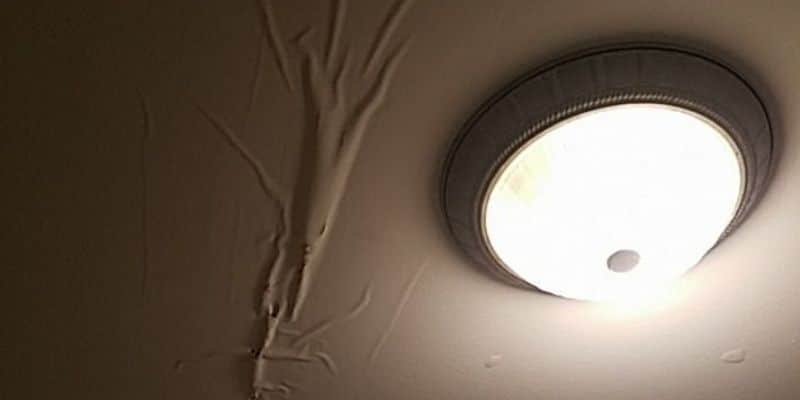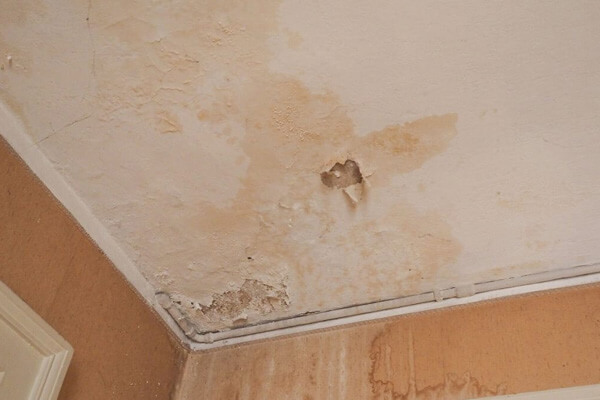Spotting Stains from Water on Wall Surfaces - Methods to Fix Them Swiftly
Spotting Stains from Water on Wall Surfaces - Methods to Fix Them Swiftly
Blog Article
They are making several good pointers related to Water Stains on Walls as a whole in this post further down.

Water spots on wall surfaces are not positive to the eyes. Your home needs to lack discolorations on the walls, roofing, or floorings. That is the suitable state of a house and its frameworks. Sometimes it seems practically inevitable to experience water spots on walls in residences.
Home owners residing in moist regions frequently handle the anxiety of water spots on wall surfaces. But that does not need to be the case for you. With well-shaped and precise info on the causes of water spots and also prompt repair service procedures, you will always be an action ahead of such occurrences. This article assures to be an useful guide for you.
3 Usual Root Causes Of Water Spots on Wall Surfaces
In contrast to common belief, water discolorations on walls do not always stem from bad building materials. There are several reasons for water spots on wall surfaces. These consist of:
Poor Water drainage
When making a structure strategy, it is critical to ensure sufficient drainage. This will avoid water from seeping into the walls. Where the drainage system is obstructed or missing, below ground dampness accumulates. This links to extreme dampness that you discover on the walls of your building.
The leading cause of damp walls, in this case, can be a bad drain system. It can likewise be because of bad monitoring of sewer pipelines that run through the structure.
Wet
When warm damp air consults with dry cold air, it creates water droplets to base on the wall surfaces of buildings. When there is vapor from cooking or showers, this takes place in washrooms and cooking areas. The water beads can tarnish the surrounding walls in these parts of your residence as well as infect other areas.
Wet or condensation affects the roofing and also walls of structures. When the wall surface is wet, it develops an appropriate setting for the growth of fungi as well as germs.
Pipeline Leaks
The majority of homes have a network of pipes within the wall surfaces. This ensures that the pipes are faraway from the reach of destructive rodents. It constantly increases the feasibility of such pipelines, as there is little oxygen within the wall surfaces. This dissuades corrosion.
Yet, a downside to this is that water leakage impacts the wall surfaces of the building as well as creates prevalent damages. An indication of faulty pipes is the appearance of a water stain on the wall surface.
Water Stains on Wall: Repair Service Tips
Home owners would generally want a quick fix when handling water stains. Yet, they would soon realize this is counterproductive as the water stains reoccur. So, right here are a couple of practical suggestions that will certainly guide you in the repair of water stains on wall surfaces:
Pro Tip
A houseplant in your home also raises its moisture. So, if the house is currently damp, you may intend to introduce houseplants with very little transpiration. An instance of ideal houseplants is succulents.
Verdict
No one wants to have water discolorations on wall surfaces in their home, it can take place to the best of us. This post gives you utilize, as you now understand how to manage this accident if it does take place.
It is always best to hire professional services to aid repair the problems in your home.
Occasionally it seems nearly unavoidable to experience water discolorations on walls in houses.
In contrast to popular belief, water discolorations on walls do not constantly stem from inadequate building materials. There are numerous causes of water spots on walls. The water droplets can stain the surrounding walls in these parts of your home and spread to various other areas.
Right here are a couple of helpful suggestions that will certainly guide you in the repair work of water spots on wall surfaces:
CHECKING FOR WATER DAMAGE
Water damage can be costly, and it may begin before you even notice the first signs of trouble. Water damage can cause mold and mildew in your walls and floors, which can create an abundance of health concerns for your family. It can also lead to costly repairs of various appliances and general home fixtures. To avoid the pricey consequences of water damage, here are Warner Service’s top 5 places you should check:
The walls – The easiest place to spot the beginnings of water damage is on the walls and ceilings of your home. If water damage is present, there will most likely be water stains, especially around the windows and doorframes, and/or cracks in the drywall. If a stain looks unusual (discolored to brown, black or gray, raised texture), has a swollen appearance or is soft to the touch, contact a professional immediately. The pipes – To avoid water damage, consistently check the pipes in your kitchen (especially the dishwasher and ice maker), bathrooms, laundry room (specifically washing machines) and basement for corrosion, leaks and water stains. Pay special attention to where the pipes connect in your home and the location of caulking around the bathroom fixtures, including toilets, sinks, showers and tubs. Missing or loose caulking and grout could be signs of leaking water. This seepage can also quickly cause mold and rust, so double check your water heater and tank for wet spots on the floor. The floor – Water damage is very easy to spot on the floor. Look for any warping or buckling of the material, especially in the basement. If your home has wood flooring, look for bright white or dark stains. If your home has carpeting, keep it dry and clean. A damp carpet that smells of mold could cause water damage and health problems. To avoid this, consider installing floor pans under your appliances to help prevent damages from small, slow and undetected leaks. The basement and attic – If your basement or attic smells odd check for mold and mildew around the area, especially the valley where the roof meets. While you are inspecting those areas, check for wall cracks, floor stains, rust and dampness in the insulation. If you live in a colder and/or rainier climate, perform routine checks for water damage from melting snow or ice and rain. The exterior – Check the roof for damaged flashing and missing, cracked or curled shingles. There should also be no standing water anywhere outside your home. This could be caused by puddles, leaky rain gutters or hoses, poor drainage, or short gutter spouts. Invest in a sump pump system or water flow monitoring system, and perform routine maintenance on these outdoor appliances to avoid indoor water damage.

I came across that page about when browsing on the web. Loved our blog entry? Please share it. Let other people find it. Thank you so much for your time spent reading it.
Quick relief? Dial! Report this page